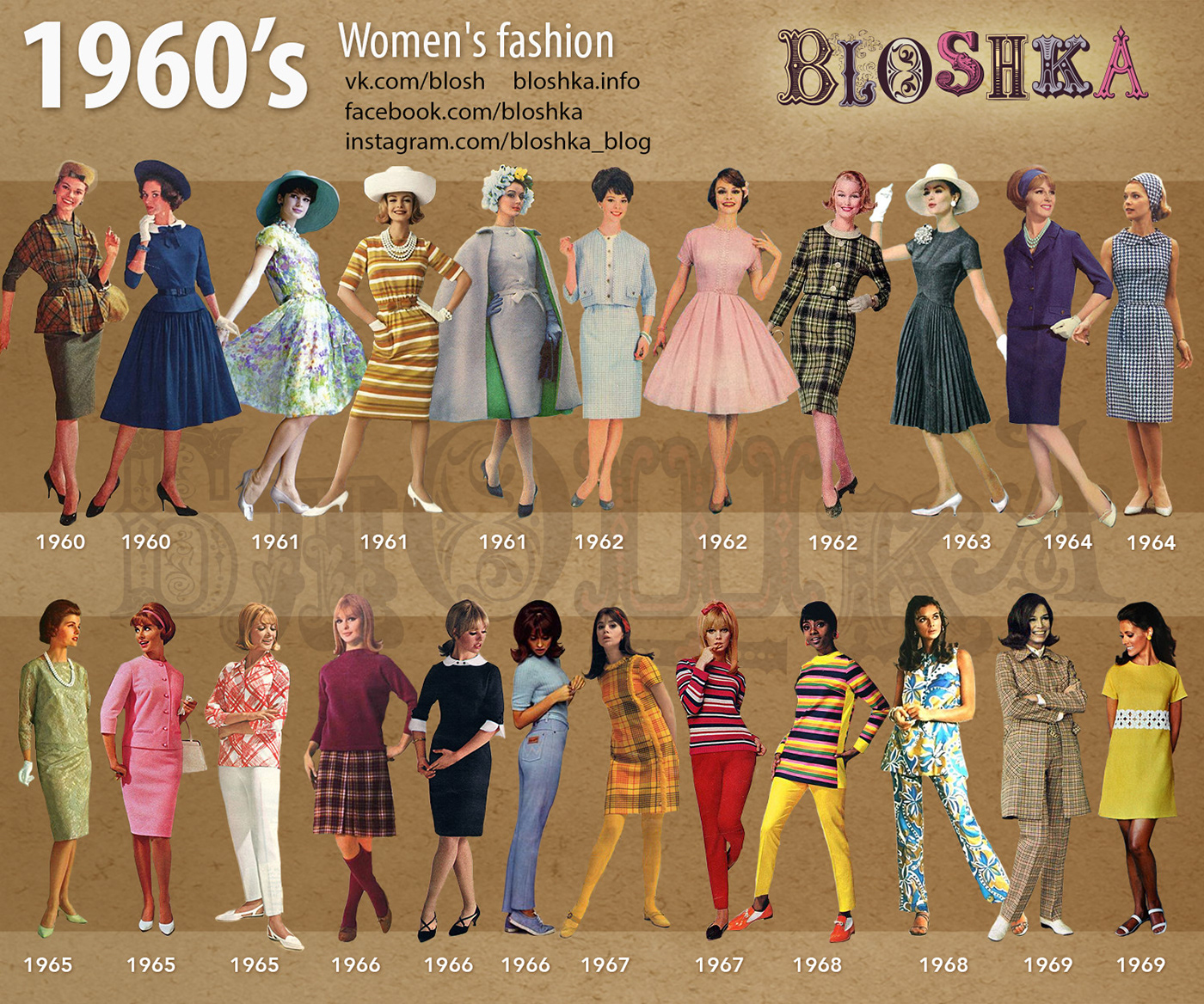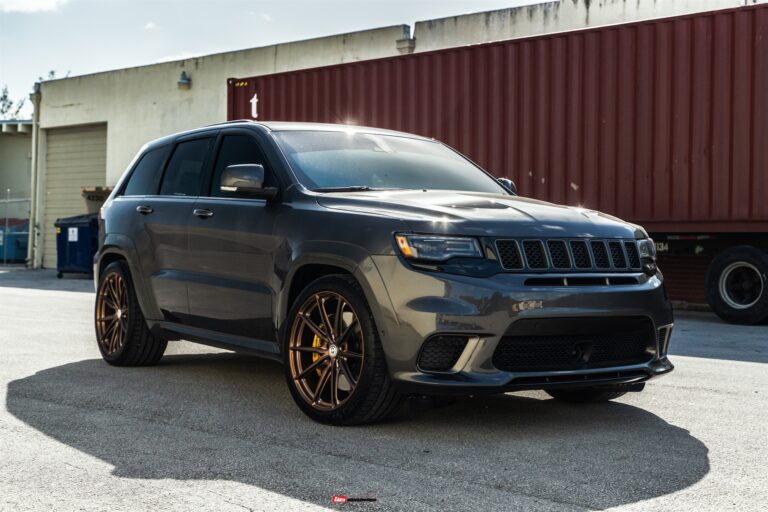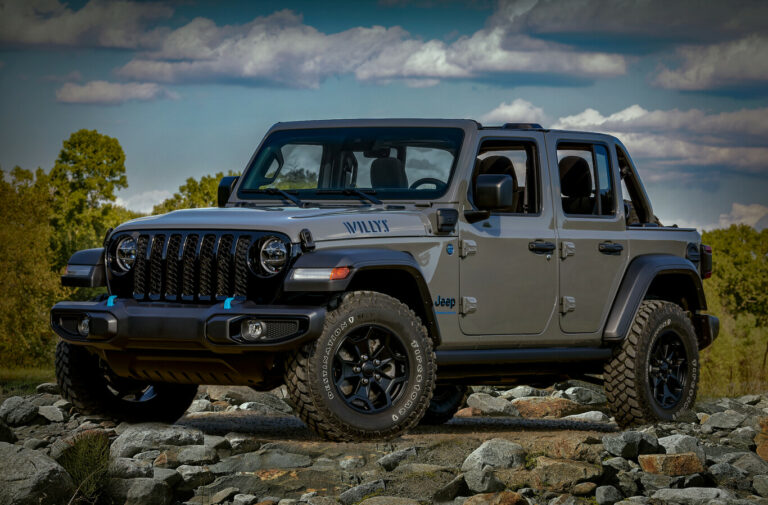1960 Jeep For Sale: Your Guide to Owning a Timeless Legend
1960 Jeep For Sale: Your Guide to Owning a Timeless Legend /jeeps.truckstrend.com
The allure of a vintage vehicle is undeniable, and among the most enduring icons of automotive history, the Jeep stands tall. When we talk about a "1960 Jeep for sale," we’re not just discussing a used car; we’re stepping into a world of rugged utility, historical significance, and a lifestyle defined by adventure. The 1960 Jeep, primarily the Civilian Jeep (CJ) models like the CJ-3B and CJ-5, represents a pivotal moment in the brand’s evolution, offering a unique blend of post-war simplicity and burgeoning civilian comfort. For enthusiasts, collectors, or anyone seeking a piece of American ingenuity, acquiring a 1960 Jeep is more than a purchase – it’s an investment in a legend.
This comprehensive guide will navigate you through everything you need to know about finding, evaluating, and owning a 1960 Jeep, ensuring your journey into classic Jeep ownership is as rewarding as the vehicle itself.
1960 Jeep For Sale: Your Guide to Owning a Timeless Legend
The Enduring Appeal of the 1960 Jeep
The 1960 Jeep models were direct descendants of the wartime Willys MB and Ford GPW, which proved indispensable during WWII. After the war, Willys-Overland pivoted to the civilian market, adapting the military design for agricultural, industrial, and recreational use. By 1960, the CJ series had matured, offering a robust and versatile platform that cemented its place in American culture.
The appeal of a 1960 Jeep lies in its uncompromising functionality and minimalist design. These vehicles were built to conquer challenging terrain, haul equipment, and provide reliable transportation in conditions where modern cars would falter. Their simple, mechanical nature makes them relatively easy to work on, fostering a strong community of DIY enthusiasts and restoration experts. Owning a 1960 Jeep is a statement – a nod to an era of unpretentious engineering and the spirit of exploration. It’s a vehicle that sparks conversations, turns heads, and promises an authentic driving experience unlike anything on the road today.
What to Look For: Key Features of a 1960 Jeep CJ
When searching for a 1960 Jeep, you’ll primarily encounter two main models:
- CJ-3B (High-Hood): Produced from 1953 to 1968, the CJ-3B is distinguishable by its taller hood, designed to accommodate the F-head "Hurricane" engine. It retains much of the classic flat-fender Willys aesthetic.
- CJ-5: Introduced in 1955, the CJ-5 was based on the longer M38A1 military Jeep and featured a more rounded body style, a slightly longer wheelbase, and improved ride comfort compared to its predecessors. It quickly became the iconic civilian Jeep.

Regardless of the model, here are common features and specifications for a 1960 Jeep:
- Engine: The primary engine for both models in 1960 was the Willys F4-134 "Hurricane" 2.2L (134 cu in) F-head inline-four engine, producing around 75 horsepower. This engine is known for its durability and torque at low RPMs.
- Transmission: Typically, a Warner T-90 3-speed manual transmission.
- Transfer Case: A Dana 18 transfer case, providing two-wheel drive (2WD) high, four-wheel drive (4WD) high, and four-wheel drive (4WD) low ranges.
- Axles: Generally, a Dana 25 or Dana 27 front axle and a Dana 44 rear axle.
- Suspension: Leaf springs on all four corners, providing robust but firm handling.
- Brakes: Four-wheel drum brakes were standard.
- Body: Open-top design with a fold-down windshield, removable doors (or no doors), and often a canvas soft top or an optional hardtop.
Understanding these core components will help you evaluate the originality and condition of any 1960 Jeep you encounter.
The Hunt Begins: Where to Find a 1960 Jeep For Sale
Finding the right 1960 Jeep requires patience and knowing where to look. Here are the most common avenues:
-
Online Marketplaces:
- eBay Motors: A vast selection, from parts vehicles to fully restored examples.
- Hemmings Motor News: A reputable source for classic and collector cars, often featuring higher-quality listings.
- ClassicCars.com: Another excellent platform specializing in vintage vehicles.
- Bring a Trailer (BaT): Known for curated auctions of unique and well-documented classic vehicles, often fetching premium prices.
- Facebook Marketplace & Groups: Local listings and dedicated classic Jeep enthusiast groups can yield hidden gems.
-
Specialized Dealers: Many dealerships specialize exclusively in classic or off-road vehicles. They often have inspected vehicles and may offer warranties or financing.
-
Auctions: Classic car auctions (e.g., Mecum, Barrett-Jackson, local auctions) can be exciting, but require quick decision-making and thorough pre-inspection.
-
Enthusiast Forums & Clubs: Websites like "The CJ2A Page" or "eWillys.com" often have classified sections. Joining local Jeep clubs can also provide leads through word-of-mouth.
-
Local Classifieds & Word-of-Mouth: Sometimes, the best deals are found unexpectedly in your local community.
Practical Advice: Set up email alerts on online platforms for new 1960 Jeep listings. Be prepared to travel to inspect vehicles, or arrange for professional inspections.
Critical Considerations Before Buying
Purchasing a classic vehicle like a 1960 Jeep is different from buying a modern car. Here’s what to scrutinize:
- Rust, Rust, Rust: This is the number one enemy. Inspect the frame rails, body tub (especially floorboards, cowl, and wheel wells), hat channels, and spring hangers. Minor surface rust is manageable, but extensive rot indicates costly repairs.
- Engine Health: Check for oil leaks, smoke from the exhaust (blue for oil, white for coolant, black for rich fuel), unusual noises, and signs of overheating. A compression test is highly recommended.
- Drivetrain: Inspect the transmission and transfer case for leaks, grinding noises during shifts, or difficulty engaging gears. Check the axles for leaks and play.
- Suspension and Steering: Look for worn leaf springs, shocks, and steering components (tie rods, drag link, steering box). Excessive play in the steering wheel is a red flag.
- Brakes: Given they are drum brakes, ensure they operate effectively, without pulling to one side. Check the master cylinder for leaks.
- Electrical System: Original 6-volt systems can be finicky. Check lights, gauges, and wiring for signs of amateur repairs or deterioration. Many have been converted to 12-volt, which is often a practical upgrade.
- Documentation: A clear title is paramount. Look for any service records or previous restoration notes, which can provide valuable insight into the vehicle’s history.
- Originality vs. Modifications: Decide if you want a historically accurate restoration candidate or a modified "restomod" for modern comfort/performance. Modifications can add value for some, but detract for purists.
- Cost of Ownership: Factor in potential restoration costs, ongoing maintenance, insurance (classic car insurance is usually cheaper), and storage.
Actionable Insight: Always, always, always arrange for a pre-purchase inspection by a mechanic familiar with vintage Jeeps or classic cars. This small investment can save you thousands down the road.
Types of 1960 Jeeps You Might Encounter (Condition Categories)
The price and effort required for a 1960 Jeep vary wildly based on its current condition:
- Concours/Show Quality: These are meticulously restored vehicles, often original or better than new. They command the highest prices and are typically found at high-end auctions or specialized dealers. Expect flawless paint, pristine interiors, and perfectly running mechanicals.
- Driver Quality: These Jeeps are in good, running condition, roadworthy, and presentable. They might have minor flaws, some patina, or tasteful upgrades. They are ready to be enjoyed immediately but may require ongoing maintenance or minor projects.
- Restoration Project: These vehicles are complete but require significant work (bodywork, paint, mechanical overhaul, interior). They are cheaper upfront but demand a substantial investment of time, money, or both. This category is for the dedicated enthusiast.
- Parts Vehicle: These are typically incomplete, heavily damaged, or rusted beyond economical repair. They are sold for their salvageable components and are the least expensive.
Tips for a Successful Purchase
- Define Your Goal: Are you looking for a show vehicle, a weekend trail rig, or a daily driver (which is challenging for a 1960 Jeep)? Your purpose will dictate the condition you seek.
- Set a Realistic Budget: Include not just the purchase price, but also potential transportation, registration, insurance, and immediate post-purchase maintenance or upgrades.
- Be Patient: The right 1960 Jeep might not appear overnight. Don’t rush into a purchase.
- Inspect Thoroughly: Use a checklist, take photos, and ask many questions. If possible, bring a knowledgeable friend.
- Negotiate: Most classic vehicle prices are negotiable, especially if you can point out flaws or areas needing attention.
- Verify VIN: Ensure the VIN on the title matches the vehicle’s frame and data plates.
Potential Challenges and Solutions
- Extensive Rust: Can be solved through body tub replacement (reproduction tubs are available), panel patching, or professional bodywork. Be aware of the cost.
- Mechanical Wear: Engines, transmissions, and axles can be rebuilt. Parts availability for these components is generally good thanks to aftermarket support.
- Lack of Modern Comforts: No power steering, power brakes, air conditioning, or advanced safety features. Solutions involve aftermarket kits for power steering/brakes or simply embracing the raw driving experience.
- Electrical Gremlins: Often solved by converting to a 12-volt system and replacing old wiring harnesses.
- Finding Specific Parts: While many mechanical parts are available, some specific trim pieces or unique 1960-only components might be rare. Online forums and parts specialists are your best resource.
1960 Jeep For Sale: Estimated Price Guide
Please note that these prices are estimates and can fluctuate significantly based on originality, location, specific model (CJ-3B vs. CJ-5), market demand, and the overall quality of the restoration or preservation.
| Condition Category | Description | Estimated Price Range (USD) | Key Considerations |
|---|---|---|---|
| Parts Vehicle | Incomplete, non-running, severe rust, suitable only for salvaging components. | $1,000 – $3,000 | Expect significant missing parts and structural damage. Title may be difficult. |
| Project | Running or non-running, requires extensive restoration (bodywork, paint, mechanical overhaul). | $3,000 – $8,000 | High potential for hidden costs. Requires significant time, skills, or budget for repairs. |
| Driver Quality | Good running condition, roadworthy, presentable, may have some patina or minor flaws. | $8,000 – $20,000 | Ready to enjoy, but may require ongoing maintenance or minor improvements. |
| Restored | Professionally restored to a high standard, excellent mechanicals and cosmetics, not necessarily concours. | $20,000 – $40,000 | Offers reliability and curb appeal. Quality of restoration varies widely. |
| Concours/Show | Meticulously restored to original specifications, flawless condition, often better than new. | $40,000 – $70,000+ | Top-tier examples, often with awards. For the serious collector. |
Frequently Asked Questions (FAQ)
Q: Are 1960 Jeeps good for daily driving?
A: While possible, it’s generally not recommended for modern daily driving. They lack modern safety features (seatbelts were optional, no airbags), comfort amenities (AC, power steering/brakes), and highway speed capability. They are best suited for recreational use, short trips, or off-roading.
Q: What kind of fuel economy can I expect?
A: Fuel economy is poor by modern standards, typically ranging from 15-20 miles per gallon (MPG) if the engine is well-tuned.
Q: Are parts hard to find for a 1960 Jeep?
A: Mechanical parts for the Hurricane engine, T-90 transmission, Dana 18 transfer case, and Dana axles are generally well-supported by aftermarket suppliers. Body panels (like full tubs or fenders) are also reproduced. Specific trim or unique 1960-only components might be harder to source but are often available through enthusiast networks.
Q: Can I get financing for a classic 1960 Jeep?
A: Yes, many specialized classic car lenders offer financing for vintage vehicles. Interest rates and terms vary based on the vehicle’s value and your creditworthiness.
Q: What’s the main difference between a 1960 CJ-3B and a CJ-5?
A: The CJ-3B has a distinctive "high hood" to accommodate the taller Hurricane engine while retaining the flat-fender look. The CJ-5, introduced later, has a more rounded, longer body, and a slightly longer wheelbase, making it visually distinct and offering a somewhat more refined ride.
Q: Is a 1960 Jeep a good investment?
A: Like most classic vehicles, a well-maintained, original, or professionally restored 1960 Jeep can appreciate in value over time, especially rare or historically significant examples. However, the primary motivation for purchase should be enjoyment and passion, as market fluctuations can occur.
Conclusion
The pursuit of a "1960 Jeep for sale" is a journey into automotive history and a testament to enduring design. Whether you’re looking for a rugged off-road companion, a unique show vehicle, or a restoration project to call your own, the 1960 Jeep offers an unparalleled experience. Its simplicity, durability, and iconic status make it a beloved classic. By understanding what to look for, where to search, and the critical considerations involved, you can confidently embark on the adventure of owning a piece of American legend. The rumble of that Hurricane engine, the feel of the manual shift, and the open-air freedom of a 1960 Jeep are more than just features; they are an invitation to a timeless legacy of exploration and independence. Happy hunting, and enjoy the ride!



